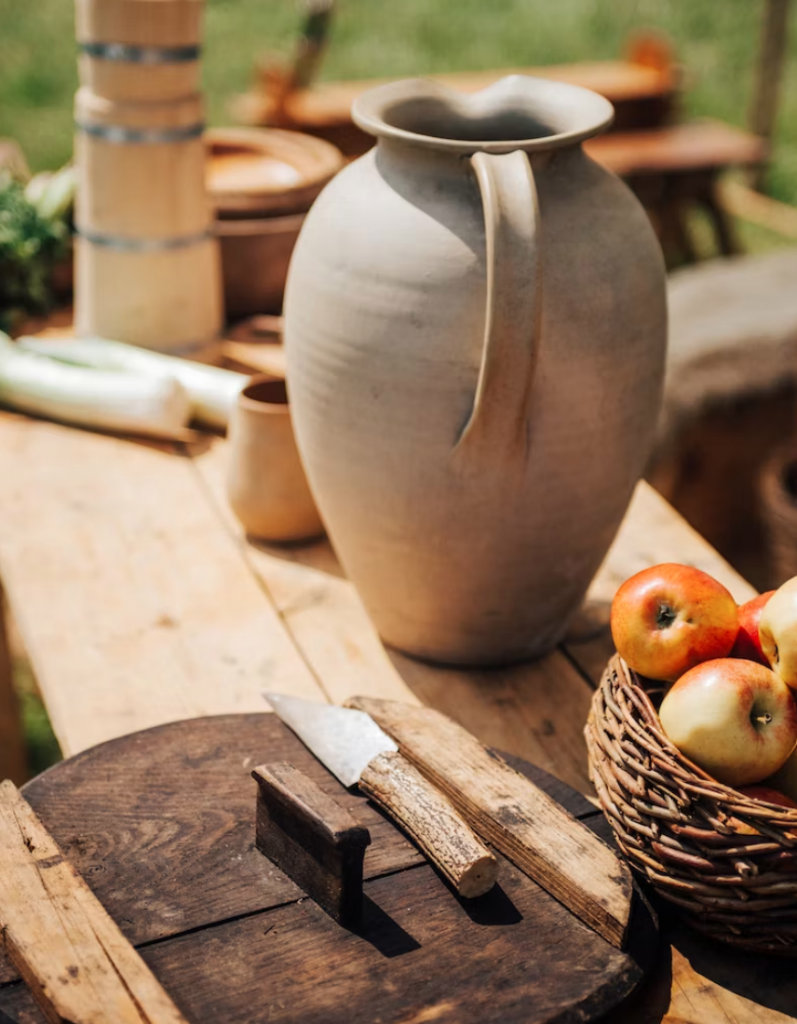Introduction
In the intricate world of gastronomy, food is more than mere sustenance; it is a cultural artifact that weaves together the threads of history. Embarking on a journey through the ages, we unravel the rich tapestry of food history, exploring the evolution of culinary practices, gastronomic revolutions, and the profound impact of food on societies worldwide.
Ancient Culinary Traditions
In the dawn of civilization, our ancestors crafted culinary traditions that laid the foundation for the diverse flavors we savor today. From rudimentary cooking methods to the ingenious use of local ingredients, ancient culinary practices were integral to the identity of early cultures.
Medieval Gastronomy
The medieval period witnessed a fascinating transformation in culinary techniques and tastes. As trade routes flourished, the global exchange of flavors reshaped gastronomic landscapes, creating a melting pot of diverse ingredients and cooking styles.
Renaissance and the Culinary Arts
With the Renaissance came a renaissance in the culinary arts. Culinary schools emerged, and chefs began to be recognized as skilled artisans. This period marked the birth of gastronomy as both an art and a science, with notable figures leaving an indelible mark on culinary history.
Revolutionary Changes in the 19th Century
The 19th century brought about revolutionary changes in food production and consumption. The industrial revolution played a pivotal role in shaping modern gastronomy, while gastronomy itself evolved into a field that combined creativity and precision.
20th Century: Culinary Fusion and Innovations
The 20th century witnessed the globalization of culinary influences. Fast food culture gained momentum, coexisting with the development of fine dining experiences. Technological innovations revolutionized food preparation, changing the way we approach cooking and dining.
Modern Food Culture: Fast Food to Fine Dining
In the contemporary culinary landscape, fast food and fine dining coexist, reflecting the diverse tastes and preferences of a globalized society. This section explores the impact of these contrasting culinary cultures on our eating habits and societal values.
Iconic Culinary Moments in History
Certain meals transcend their culinary origins to become cultural symbols. Exploring these iconic culinary moments allows us to understand how food has played a pivotal role in shaping historical narratives and societal values.

Culinary Anthropology: Food as Identity
Food is a powerful cultural identifier, reflecting the traditions and values of a community. This section delves into the relationship between food and identity, exploring how traditional recipes act as custodians of cultural heritage.
Environmental Impact of Culinary Practices
As our awareness of environmental issues grows, so does the scrutiny of our culinary practices. Analyzing the ecological footprint of food production sheds light on the importance of sustainable and responsible gastronomy in the modern world.
Innovations in Culinary Technology
Technology has revolutionized the way we cook and experience food. From precision cooking techniques to futuristic kitchen gadgets, this section explores the impact of technology on the culinary world and anticipates future trends.

Culinary Tourism: A Journey Through Flavors
The rise of culinary tourism offers a unique lens through which to explore diverse cuisines. This section takes readers on a journey around the globe, showcasing how different regions celebrate their culinary heritage.
The Influence of Food in Art and Literature
Food has long been a muse for artists and writers. Examining the depiction of food in art and literature allows us to appreciate the profound influence of gastronomy on creative expressions throughout history.
Challenges and Controversies in Contemporary Culinary World
The contemporary culinary world is not without its challenges and controversies. From issues of cultural appropriation to the growing problem of food waste, chefs and foodies alike are confronted with ethical dilemmas that shape the industry’s future.
Conclusion
As we conclude our exploration of culinary chronicles, we find ourselves standing at the crossroads of tradition and innovation. The rich tapestry of food history continues to evolve, with each era leaving a distinctive mark on the flavors we cherish. Culinary traditions are not static; they are dynamic, reflecting the ever-changing tastes and values of societies around the world.
Frequently Asked Questions (FAQs)
- What is the significance of studying food history?
- Understanding food history provides insights into cultural evolution, societal values, and the interconnectedness of global communities through the lens of gastronomy.
- How has technology impacted the culinary world?
- Technological innovations have transformed cooking techniques, kitchen practices, and the overall dining experience, shaping the modern culinary landscape.
- Why is sustainable gastronomy essential in the 21st century?
- Sustainable gastronomy is crucial for minimizing the environmental impact of food production, ensuring the long-term viability of our culinary practices.
- What role does food play in shaping cultural identity?
- Food serves as a powerful cultural identifier, preserving traditions and acting as a tangible expression of identity for communities around the world.
- How has culinary tourism evolved over the years?
- Culinary tourism has evolved from a niche interest to a global phenomenon, allowing travelers to explore and appreciate diverse cuisines as an integral part of their cultural experiences.
